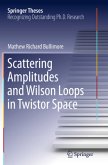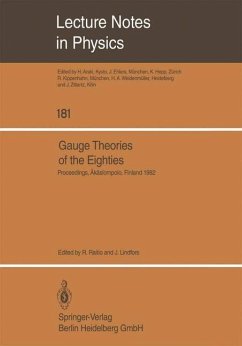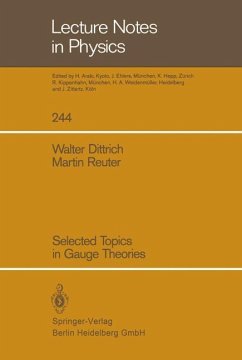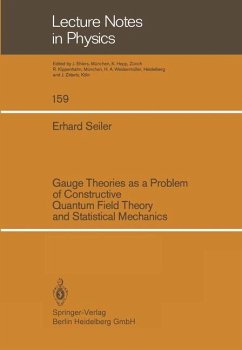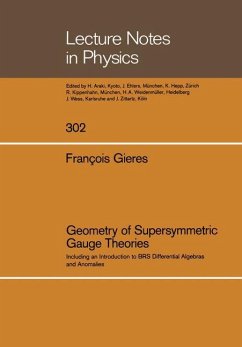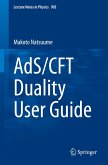At the fundamental level, the interactions of elementary particles are described by quantum gauge field theory. The quantitative implications of these interactions are captured by scattering amplitudes, traditionally computed using Feynman diagrams. In the past decade tremendous progress has been made in our understanding of and computational abilities with regard to scattering amplitudes in gauge theories, going beyond the traditional textbook approach. These advances build upon on-shell methods that focus on the analytic structure of the amplitudes, as well as on their recently discovered hidden symmetries. In fact, when expressed in suitable variables the amplitudes are much simpler than anticipated and hidden patterns emerge.
These modern methods are of increasing importance in phenomenological applications arising from the need for high-precision predictions for the experiments carried out at the Large Hadron Collider, as well as in foundational mathematical physics studies on the S-matrix in quantum field theory.
Bridging the gap between introductory courses on quantum field theory and state-of-the-art research, these concise yet self-contained and course-tested lecture notes are well-suited for a one-semester graduate level course or as a self-study guide for anyone interested in fundamental aspects of quantum field theory and its applications.
The numerous exercises and solutions included will help readers to embrace and apply the material present
ed in the main text.
These modern methods are of increasing importance in phenomenological applications arising from the need for high-precision predictions for the experiments carried out at the Large Hadron Collider, as well as in foundational mathematical physics studies on the S-matrix in quantum field theory.
Bridging the gap between introductory courses on quantum field theory and state-of-the-art research, these concise yet self-contained and course-tested lecture notes are well-suited for a one-semester graduate level course or as a self-study guide for anyone interested in fundamental aspects of quantum field theory and its applications.
The numerous exercises and solutions included will help readers to embrace and apply the material present
ed in the main text.
"Aimed at the advanced graduate student or a practitioner of high energy theory interested in the subject, the book begins with a review of non-abelian gauge theory and its conventional Feynman methods before immediately delving into on-shell recursion relations of BCFW (Britto-Cachazo-Feng-Witten) and factorization properties. ... Of particular usefulness to the student are the exercises and an entire appendix dedicated to their detailed solutions." (Yang-Hui He, zbMATH 1315.81005, 2015)


